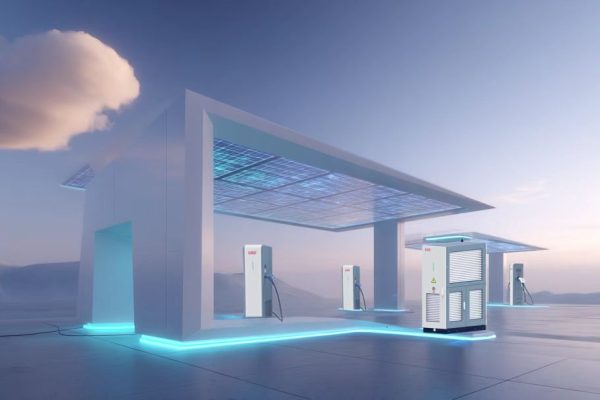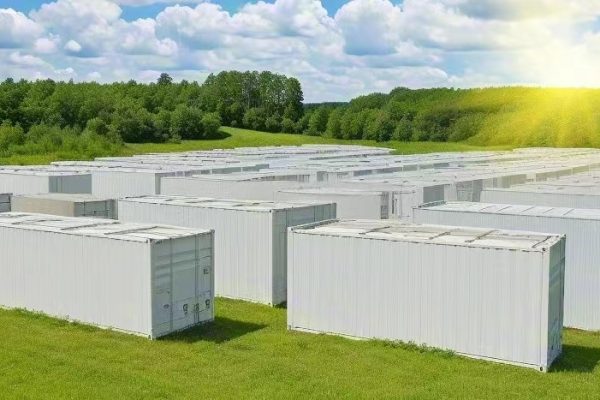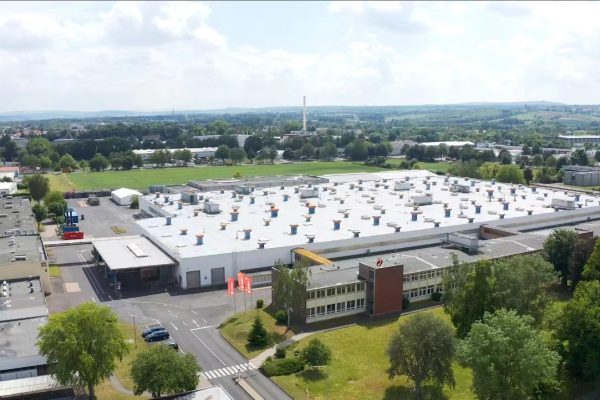How to Ensure Your Energy Storage System Is Safe, Compliant, and Market-Ready
1. Introduction: Why Safety Is the First Priority in ESS
Whether serving a household in rural Africa or a small factory in Southeast Asia, safety remains the most critical concern when designing and delivering an energy storage system (ESS).
In both residential and small industrial deployments, common safety risks include:
- Battery thermal runaway
- Inverter or PCS faults
- Improper installation or ventilation
- Inadequate circuit protection
- Poor maintenance access
As a technical foreign trade partner, your value lies not only in sourcing cost-effective components but in ensuring end-to-end system safety—from factory to field.
2. Key Components That Influence ESS Safety
An energy storage system is only as safe as its weakest link. Let’s break down the core safety-sensitive components:
🔋 Battery Pack
- Type: LFP (Lithium Iron Phosphate) is the preferred chemistry for its stability
- BMS: The Battery Management System must offer:
- Overvoltage/undervoltage protection
- Overcurrent protection
- Temperature monitoring
- Cell balancing
⚡ Inverter / PCS
- Must include:
- Short-circuit and surge protection
- Islanding detection (for grid-tied systems)
- Overload shutdown and thermal cut-off
🧯 Protection Devices
- Fuses, breakers, and DC switches are critical for:
- Isolating faults
- Protecting cables and modules
- Ensuring service safety
🌬️ Enclosure / Cabinet
- Fire-resistant materials (e.g., powder-coated steel)
- Proper ventilation to prevent overheating
- IP ratings suitable to the environment (e.g., IP20 indoor, IP54 outdoor)
3. Common Risks in Small-Scale Deployments
Small ESS projects often skip engineering reviews or site audits, leading to:
| Risk Type | Example Problem | Impact |
|---|---|---|
| Overcurrent | Wrong fuse rating or missing fuse | Fire hazard or inverter damage |
| Poor BMS integration | No communication with inverter | Battery overcharge / deep discharge |
| Heat accumulation | No fans or air gaps in cabinets | Thermal runaway |
| Unqualified installers | No proper torque or cable sizing | Short circuits or loose terminals |
⚠️ Field Tip: Provide clients with clear wiring diagrams and install manuals even for small systems.
4. Design-Level Safety Considerations
When configuring or quoting a small ESS system, always evaluate the following:
✅ a. Battery Chemistry Selection
- LFP over NMC for safer thermal performance
- Look for batteries with UL1973 or IEC62619 certification
- For entry-level markets, choose batteries with pre-integrated BMS
✅ b. Proper Fuse/Breaker Selection
- Match the fuse amp rating to inverter capacity
- Use DC-rated fuses/breakers for battery side
- Include disconnect switches accessible from outside cabinet
✅ c. Ventilation & Thermal Design
- Avoid completely sealed boxes unless using air conditioning
- Passive cooling works up to 50kWh; use fans above that
✅ d. Arc Flash and Surge Protection
- Include SPD (Surge Protection Devices) especially in lightning-prone areas
- Maintain safe cable distances between AC/DC paths
5. Installation-Stage Safety Best Practices
You can’t control how installers work—but you can design for easier and safer installs:
🧰 Provide:
- Labeled terminals
- Color-coded cables
- Pre-installed busbars or terminal blocks
📄 Include:
- Detailed SLD (Single Line Diagram)
- Torque specs for battery and AC connections
- Commissioning checklist
🧑🏭 Train:
- Partner local contractors or distributors
- Provide short YouTube training clips if possible
- Offer QR code manuals on cabinet door
6. Compliance and Certification
Even in price-sensitive markets, minimum safety compliance is essential.
| Component | Suggested Certification(s) |
|---|---|
| Battery Pack | IEC 62619, UL 1973 |
| Inverter / PCS | IEC 62109-1/2, UL 1741, CE, RoHS |
| Enclosure | IP rating, IEC 60529 |
| Whole System | IEC 62933-5-2 (if integrated) |
If your buyer needs import approvals or grid connection, these become non-negotiable.
7. Value You Bring as a Technical Trade Partner
You don’t have to manufacture the system—but you should:
- Recommend safe and compatible components
- Verify fuse and wire sizing
- Offer SLDs and documentation packages
- Communicate failure prevention and maintenance clearly
This positions you not as a box-mover, but as a reliable system integrator with small project expertise.
8. Typical Safety Scenarios and Solutions
| Scenario | Recommended Design Action |
|---|---|
| House with poor ventilation | Use passive-cooled cabinet with airflow slots |
| Factory with daily load spikes | Ensure inverter surge handling capacity |
| Remote site with harsh weather | Choose IP54 outdoor cabinets + SPD |
| Entry-level installers | Pre-wire battery and AC terminals |
9. Conclusion: Safety = Trust = Long-Term Business
In small project markets, safety problems lead to reputation loss, warranty disputes, and even export restrictions.
As a technical supplier, your role is to:
- Filter out unsafe combinations
- Ensure each cabinet or kit is field-ready
- Help clients understand and follow safety principles
✅ Safety is not a feature. It’s your credibility.









